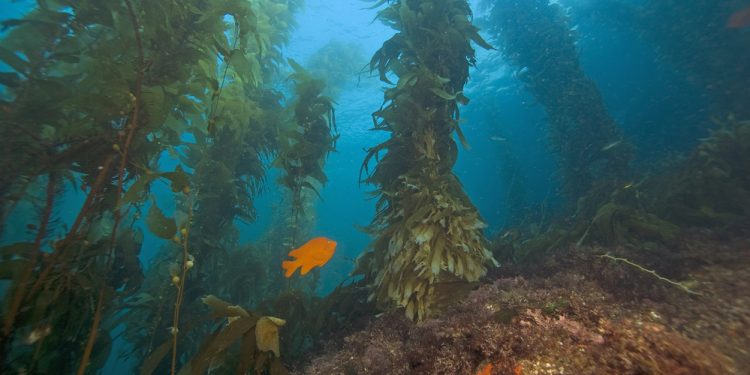Algae forests: a solution to climate change – Climate change is one of the most pressing challenges of our time, affecting every aspect of life on Earth. While reducing carbon emissions is a global priority, there are natural solutions that can play a crucial role in mitigating climate change. Among these, kelp forests are emerging as powerful allies.
The Importance of Algae Forests
An international study has found that kelp forests, mainly consisting of brown macroalgae such as kelp, can store significant amounts of carbon in the oceans, helping to regulate CO2 levels in the atmosphere. According to research, these forests transport about 56 million tonnes of carbon to the ocean depths each year, where it can remain trapped for centuries or millennia.
Seagrass forests are among the largest and most productive coastal ecosystems, comparable to terrestrial forests in terms of speed of growth and ability to capture carbon. However, unlike forests on land, kelp forests have historically been neglected in ‘blue carbon’ strategies that include marine and coastal ecosystems in carbon sequestration calculations.
The research, conducted by an international team of scientists, including those from the Centro de Ciências do Mar do Algarve (CCMAR) and the Centro de Investigação Marinha e Ambiental, used advanced ocean models to track the fate of carbon stored by algae. The results, published in Nature Geoscience, show that 15% of the carbon captured by marine forests is transported to deep ocean waters each year.
This discovery opens up new opportunities for climate change mitigation, underlining the need to protect, manage and restore these marine forests. Their loss or degradation disrupts the process of atmospheric carbon uptake and transport in the deep sea, reducing their effectiveness as long-term carbon sinks.
Protection and restoration: an urgent need
Seagrass forests are facing a number of threats, including climate change, pollution and overfishing. These pressures are causing the decline of kelp populations in many regions of the world. Therefore, it is essential to take steps to protect and restore these forests, ensuring that they can continue to play their crucial role in carbon sequestration and supporting marine biodiversity.
Protecting and restoring kelp forests not only helps combat climate change but also offers numerous ecological benefits, such as supporting biodiversity and protecting marine habitats. Investing in the conservation of these ecosystems is a winning strategy for a more sustainable future.
Algae forests: a solution to climate change








